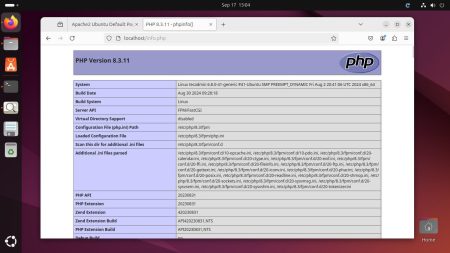Apache Maven is a powerful project management tool used for managing a project’s build, reporting, and documentation from a central piece of information. If you’re working on Java projects, Maven can help streamline your development process. This guide will walk you through the process of installing Apache Maven on a Windows system.
Requirements
Before we begin, ensure you have the following prerequisites installed on your system:
Advertisement
- Java Development Kit (JDK): Maven requires JDK to be installed on your system. You can download it from the official Oracle website or use an OpenJDK version. Ensure that you install JDK, not just the JRE (Java Runtime Environment).
Step-by-Step Maven Installation Guide
Step 1: Download Apache Maven
- Visit the official Apache Maven download page: https://maven.apache.org/download.cgi
- Download the latest version of Maven. Choose the Binary zip archive (e.g., apache-maven-3.9.6-bin.zip).
- Once the download is complete, extract the ZIP file to a directory on your Windows system. For example, you can extract it to “C:\Program Files\Apache\maven”.
Step 2: Set Up Environment Variables
Set JAVA_HOME Variable:
- Go to Control Panel > System and Security > System > Advanced system settings > Environment Variables.
- Under System Variables, click New.
- For Variable name, enter JAVA_HOME.
- For Variable value, enter the path to your JDK installation (e.g., C:\Program Files\Java\jdk-17).
- Click OK.
Set MAVEN_HOME Variable:
- Still in the Environment Variables window, under System Variables, click New.
- For Variable name, enter MAVEN_HOME.
- For Variable value, enter the path to your Maven installation (e.g., C:\Program Files\Apache\maven).
- Click OK.
Update the PATH Variable:
- Find the Path variable under System Variables and select it, then click Edit.
- Click New and add the path to your Maven bin directory (e.g., C:\Program Files\Apache\maven\bin) and Java bin directory (e.g., C:\Program Files\Java\jdk-17\bin)
- Click OK to close each of the open dialogs.
Step 3: Verify the Installation
- Open a new command prompt.
- Type
mvn --versionand press Enter. This command checks the Maven version and displays the current configuration details, including the Java version and the JAVA_HOME path. If everything is set up correctly, you will see information about the Maven and Java versions installed on your system.
Maven on Windows
Troubleshooting
- JAVA_HOME is not set: Ensure that you’ve set the JAVA_HOME environment variable correctly and that it points to your JDK installation directory.
- Maven commands are not recognized: Make sure the Maven bin directory is added to your system’s Path environment variable.
Conclusion
You have successfully installed Apache Maven on your Windows system. Maven is now ready to help manage your Java projects, simplifying the build process and enhancing your development workflow. If you encounter any issues, refer to the official Apache Maven documentation for further assistance.

